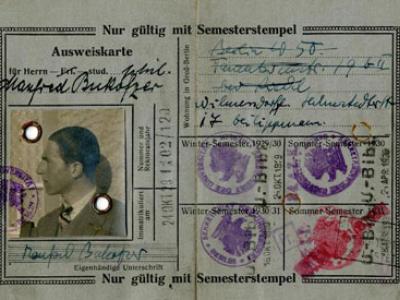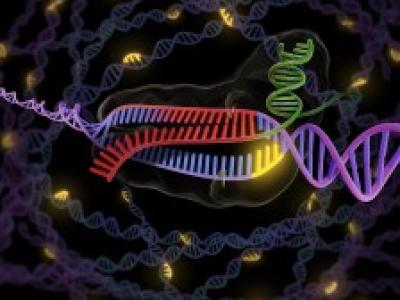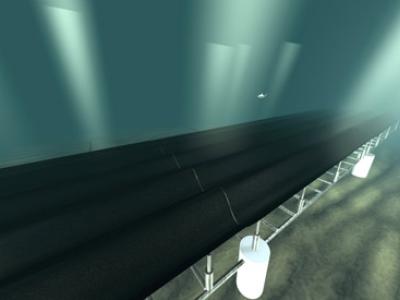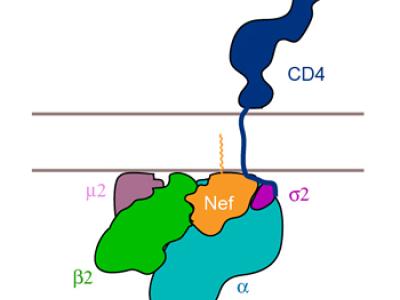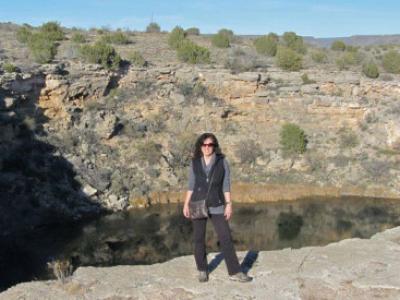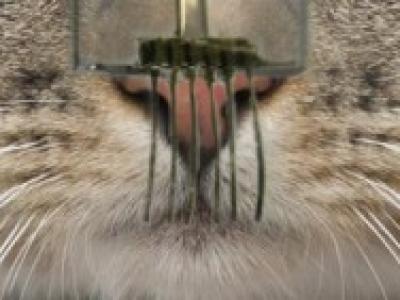Puzzling question in bacterial immune system answered
A team of researchers with the Berkeley Lab and UC Berkeley have determined how the bacterial enzyme known as Cas9, guided by RNA, is able to identify and degrade foreign DNA during viral infections, as well as induce site-specific genetic changes in animal and plant cells
Seafloor carpet catches waves to generate energy
UC Berkeley Professor Reza Alam, an expert in wave mechanics, is looking to harness the power of big ocean waves by using the seafloor “carpet”, which he proposes will convert ocean waves into usable energy.
Solutions for voters’ short-term view of economic returns
American voters are pointedly asked during every presidential campaign if they are better off today than four years ago. But a new study published in the latest edition of the American Journal of Political Science examines why voters actually consider how the economy has performed only in the last six months.
Researchers open door to new HIV therapy
Announcing the California Report Card
Californians can now use smartphones to grade their state on timely issues. Developed by the office of Lt. Governor Gavin Newsom with the CITRIS Data and Democracy Initiative at UC Berkeley.
Costas Spanos Appointed New CITRIS Director
Costas Spanos, the Andrew S. Grove Professor and Chair of Electrical Engineering and Computer Sciences, will become the fourth Director of CITRIS (the Center for Information Technology Research in the Interest of Society).
Why state’s water woes could be just beginning
As 2013 came to a close, the media dutifully reported that the year had been the driest in California since records began to be kept in the 1840s. UC Berkeley paleoclimatologist B. Lynn Ingram didn’t think the news stories captured the seriousness of the situation.
Turkeys inspire smartphone-capable early warning system for toxins
Bioengineers at UC Berkeley see inspiration in turkeys for a new type of biosensor that changes color when exposed to chemical vapors. This feature makes the sensors valuable detectors of toxins or airborne pathogens.
Berkeley Researchers Develop Highly Sensitive Tactile Sensors for Robotics and Other Applications
From the world of nanotechnology we’ve gotten electronic skin, or e-skin, and electronic eye implants or e-eyes. Now we’re on the verge of electronic whiskers.

